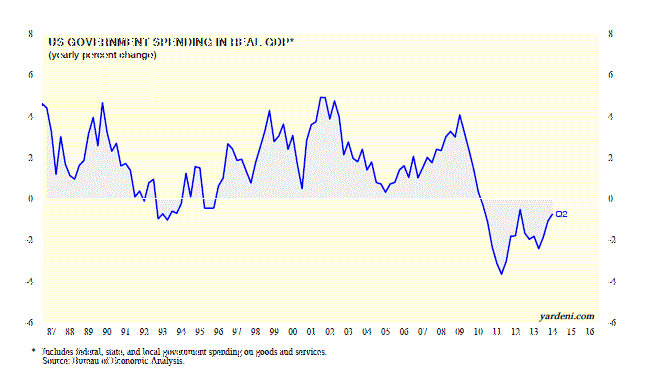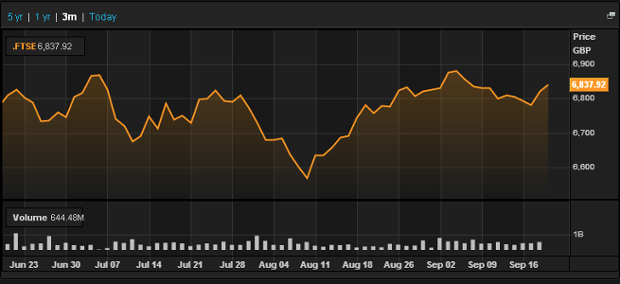Ukraine bond investors remain anxious despite relief rally
Post on: 13 Июнь, 2015 No Comment

A carnation is placed by mourners onto a barricade in Kiev’s Independent Square February 24, 2014.
LONDON (Reuters) — While bond markets have reacted jubilantly to the possibility of Western aid for Ukraine, big-name investors are worried about how fast Kiev can secure a rescue and whether an IMF bailout may reschedule its debts.
The faith of funds such as Templeton, Fidelity, Amundi, ING and Stone Harbor Investment Partners in Ukraine’s ability to repay its debts seemed to have been vindicated late last year when Russia offered Kiev a $15 billion rescue.
That deal is doubt following the weekend overthrow of Moscow-backed president Viktor Yanukovich, and Ukraine’s new authorities have turned to the West, appealing for urgent financial help to avoid a default.
Hopes for a deal with the International Monetary Fund boosted Ukrainian dollar bonds by 5-9 cents across all maturities on Monday, reducing the country’s bond yield premiums to U.S. Treasuries by a half percentage point on average, according to JP Morgan’s EMBI Global index.
This offered some relief to bondholders whose punt on one of the highest-risk emerging markets has fared poorly this year. Ukraine, along with Venezuela, is this year’s worst bond performer, recording losses of 13 percent by end of last week on the JPMorgan index.
Bondholders’ worries are by no means over. Ukraine is still a risky call. It is not out of woods as there is a lot of short-term debt coming due, said Sergei Strigo, head of emerging debt at Amundi, which has a total of $1 trillion under management. If you look at the bond curve you can see it still indicates potential for (debt) restructuring.
Normally, it is costlier to buy longer-term debt insurance and yields on longer-dated debt are higher than on bonds maturing in the near future. In Ukraine, the reverse is true and this is making investors nervous [ID:nL5N0HL1D1]
Acting President Oleksander Turchinov said on Sunday that the Ukrainian economy is heading into the abyss and is in a pre-default state.
The probability of default is as high as 52 percent in the next five years, data provider Markit estimated, basing its calculations on prices for credit default swaps.
Amundi owns Ukrainian debt but cut exposure after the Russian bailout deal, which Moscow subsequently suspended, especially to bonds maturing in 2014. Its holding no longer exceeds Ukraine’s 3 percent weight in the index.
Strigo said investors were heartened by the end to the violence that led to Yanukovich’s fall and the interim government’s plans for swift elections and to seek international help.
The chances of quick reform and macro-adjustment as per IMF requirements have improved, he said, noting the hryvnia’s effective devaluation that was a major IMF requirement.
But the big questions are: will there be enough money? And second, will that money come in time? The bond curve is still indicating potential for restructuring.
The IMF agreed a $15.5 billion loan for Ukraine in 2010, but suspended the deal last year after Kiev failed to implement the required reforms, which included removing gas price subsidies and freely floating the currency.
BIG CASH NEEDS
Ukraine has said it needs around $35 billion in foreign assistance over the next two years and it asked to receive the first part of the aid in the next one to two weeks.
The government must repay $6.5 billion to creditors in 2014, and needs a further $6.5 billion to fund its balance of payments gap while it is also $1 billion in arrears to Russia for gas supplies, according to estimates from Commerzbank.
This would more than wipe out central bank reserves, which Goldman Sachs reckons are down to $12-$14 billion.
Bondholders believe that an IMF package would benefit Ukraine by forcing the much-needed reforms, but a deal may take time to piece together and could prove unpalatable to the country’s new rulers who face elections at the end of May.
As investors we need to see there is a source of funds to repay debt. There was a sure source of funds which was Russia and that’s not there anymore, said Angus Halkett, a portfolio manager at Stone Harbor, which owns Ukrainian debt.
You have an increase in the level of uncertainty and an increase in bond prices at the same time, which is ambitious.
U.S. Treasury Secretary Jack Lew and IMF Managing Director Christine Lagarde agree that Ukraine needs both bilateral and multilateral support for any reforms, a U.S. Treasury official said in Washington. However, the official made clear that a fully established government had to request help.
This cannot be installed until after the elections are held on May 25.

SELLING INTO THE RALLY?
So will investors make use of the rally to sell? On the plus side, Ukraine’s high yields make it too costly for funds to exclude the debt from their portfolios: its 2017 bond for instance has a 9.25 percent coupon.
Secondly, most allocations are small, except for Templeton, which on December 31, 2013 held over $6 billion worth of Ukraine sovereign dollar debt, a third of outstanding volumes.
Templeton’s bet is led by its star investor Michael Hasenstab who has made a name — and money — with contrarian investments in Hungary and Ireland when they were struggling.
Templeton declined to comment specifically on Ukraine, saying only it had the capacity to buy and hold investments that are out of favor. But clearly, the reckoning is that rewards from Ukraine will eventually emulate those in Ireland.
Hopefully, Ireland’s story will be repeated in many parts of the world that are struggling today, Hasenstab wrote in an end-January blog.
BAIL-OUTS AND BAIL INS
Even if default is averted, there is a chance an IMF deal will involve a bail-in for creditors, forcing them to share the burden by having part of their debt written off.
Aid programs should be revamped to prevent public money being used to pay private sector creditors who take the cash out of the country, a 2013 IMF paper suggested.
Analysts such as Gabriel Sterne at Exotix note that during the IMF bailout of Cyprus last year, debt maturities were extended by three years, a principle that could be applied in Ukraine which has a lot of short-dated debt coming due.
But unlike Cyprus or other euro zone states, Ukraine’s debt is relatively low at around 40 percent of annual economic output. That makes a big bond write-down unlikely.
Ukraine doesn’t have a solvency problem, it doesn’t have much debt. But it lacks hard currency and has a large (funding) deficit, Halkett of Stone Harbor said. So yes, some sort of terming out of the maturity structure of Ukrainian debt would be extremely helpful for them.
(Additional reporting by Davide Scigliozzo; editing by David Stamp )














